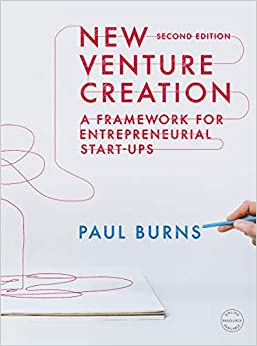Question
4-15 Find the interest rate (or rates of return) in each of the following situations. a. You borrow $700 and promise to pay back $749
4-15 Find the interest rate (or rates of return) in each of the following situations. a. You borrow $700 and promise to pay back $749 at the end of 1 year. b. You lend $700 and receive a promise to be paid $749 at the end of 1 year. c. You borrow $85,000 and promise to pay back $201,229 at the end of 10 years. d. You borrow $9,000 and promise to make payments of $2,684.80 at the end of each of the next 5 years. 4-20 Set up an amortization schedule for a $25,000 loan to be repaid in equal installments at the end of each of the next 5 years. The interest rate is 10%. b. How large must each annual payment be if the loan is for $50,000? Assume that the interest rate remains at 10% and that the loan is still paid off over 5 years. c. How large must each payment be if the loan is for $50,000, the interest rate is 10%, and the loan is paid off in equal installments at the end of each of the next 10 years? This loan is for the same amount as the loan in part b, but the payments are spread out over twice as many periods. Why are these payments not half as large as the payments on the loan in part b? 4.35 Start with the partial model in the file Ch04 P35 Build a Model.xls from the textbook?s Web site. Answer the following questions, using a spreadsheet model to do the calculations. a. Find the FV of $1,000 invested to earn 10% annually 5 years from now. Answer this question first by using a math formula and then by using the Excel function wizard. b. Now create a table that shows the FV at 0%, 5%, and 20% for 0, 1, 2, 3, 4, and 5 years. Then create a graph with years on the horizontal axis and FV on the vertical axis to display your results. c. Find the PV of $1,000 due in 5 years if the discount rate is 10% per year. Again, first work the problem with a formula and then by using the function wizard. d. A security has a cost of $1,000 and will return $2,000 after 5 years. What rate of return does the security provide? e. Suppose California?s population is 30 million people and its population is expected to grow by 2% per year. How long would it take for the population to double? f. Find the PV of an ordinary annuity that pays $1,000 at the end of each of the next 5 years if the interest rate is 15%. Then find the FV of that same annuity. g. How would the PV and FV of the above annuity change if it were an annuity due rather than an ordinary annuity? h. What would the FV and PV for parts a and c be if the interest rate were 10% with semiannual compounding rather than 10% with annual compounding?
Step by Step Solution
There are 3 Steps involved in it
Step: 1

Get Instant Access to Expert-Tailored Solutions
See step-by-step solutions with expert insights and AI powered tools for academic success
Step: 2

Step: 3

Ace Your Homework with AI
Get the answers you need in no time with our AI-driven, step-by-step assistance
Get Started


